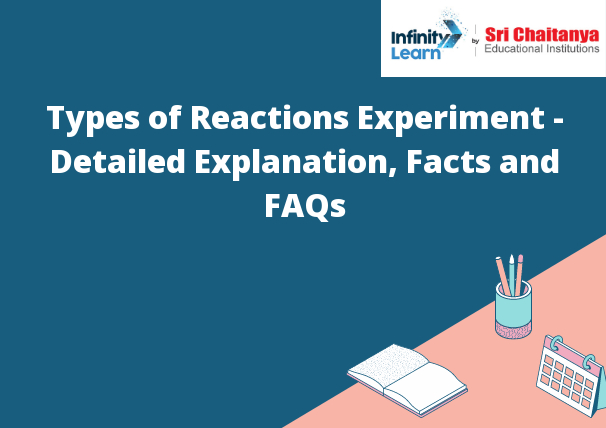Table of Contents
What is a Reaction Experiment?
A reaction experiment is an experiment that is designed to measure the rate at which a chemical reaction occurs. This type of experiment typically involves the use of a chemical indicator, such as a colored dye, that changes color when it comes into contact with a specific reagent. The rate of the reaction can then be determined by measuring the amount of time it takes for the indicator to change color.

Types of Chemical Reactions Experiment
There are many types of chemical reactions that can be performed in a laboratory setting. In general, these reactions can be classified into one of five categories: acid-base reactions, precipitation reactions, oxidation-reduction reactions, substitution reactions, and elimination reactions.
Acid-base reactions involve the exchange of protons between two substances. In a precipitation reaction, one substance is dissolved in another and then a precipitate (solid) forms as a result of the reaction. Oxidation-reduction reactions involve the transfer of electrons between two substances. Substitution reactions involve the replacement of one atom in a molecule with another atom. Finally, elimination reactions involve the removal of one or more atoms from a molecule.
Combination Reaction-
A process that occurs when two or more substances react to form a new compound.
A combination reaction is a process that occurs when two or more substances react to form a new compound. In a combination reaction, the reactants (the substances that are reacting) are typically joined together by a covalent bond. The new compound that is formed in a combination reaction is typically a molecule that is more complex than the individual reactants.
Decomposition Reaction-
A decomposition reaction is a chemical reaction in which a chemical compound breaks down into two or more simpler substances. In decomposition reactions, bonds within the compound break down, and atoms are rearranged to form new substances. In general, decomposition reactions are less stable than the original compound.
One of the most common types of decomposition reactions is the decomposition of water into hydrogen and oxygen gas. In this reaction, the water molecule breaks down into two hydrogen atoms and one oxygen atom.
Combustion Reaction-
A combustion reaction is a reaction between a fuel and an oxidant, usually air, that produces heat and light. The most common example of a combustion reaction is the burning of a candle. The fuel in a candle is wax, and the oxidant is oxygen from the air. When the wax and oxygen react, they combine to form water vapor and carbon dioxide. The heat from the reaction melts the wax and causes it to vaporize. The vaporized wax then combines with oxygen from the air to form more water vapor and carbon dioxide. This process continues until all of the wax is consumed. In addition to heat and light, a combustion reaction also produces carbon monoxide, which is a poisonous gas.
Comparison of Single Replacement Reaction Experiment and Double Displacement Reaction
In a single replacement reaction, one element swaps places with another element in a compound. In a double displacement reaction, two elements swap places with each other in two different compounds.
The single replacement reaction is typically faster because it is simpler. In a double displacement reaction, the two elements must first come into close contact with each other, which takes time.









